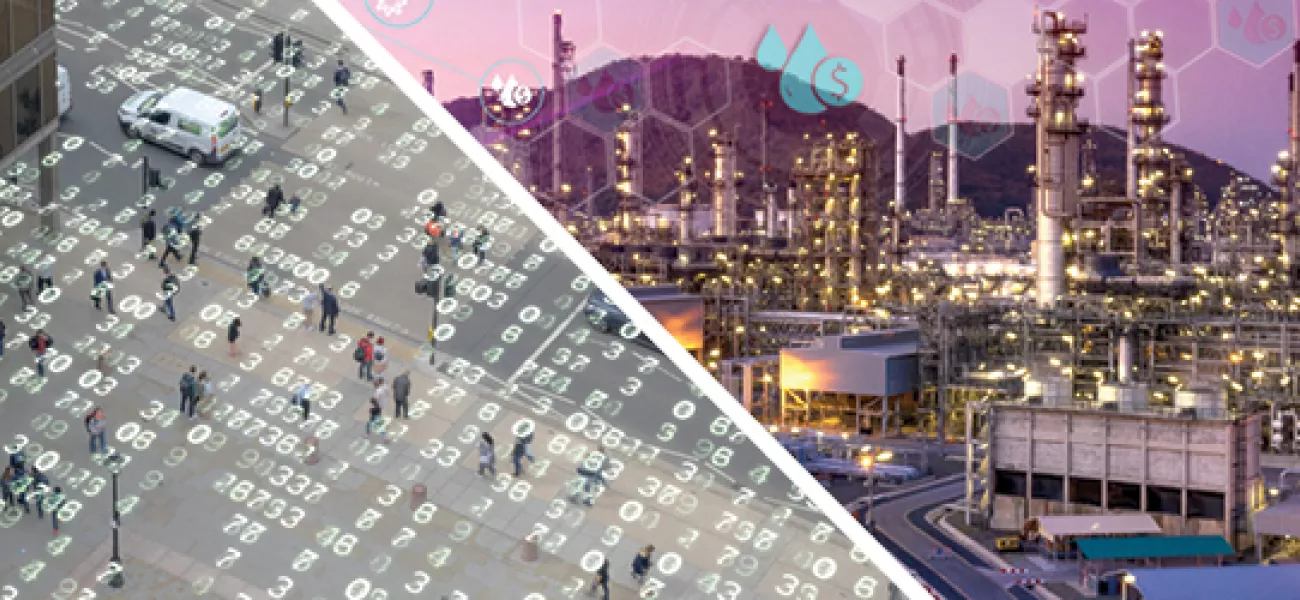
“The First Industrial Revolution used water and steam power to mechanize production. The Second used electric power to create mass production. The Third used electronics and information technology to automate production. Now a Fourth Industrial Revolution is building on the Third, the digital revolution that has been occurring since the middle of the last century. It is characterized by a fusion of technologies that is blurring the lines between the physical, digital, and biological spheres.”
Klaus Schwab Founder and Executive Chairman, World Economic Forum
The city population is increasing and, available human intervention is shrinking, the automation or digital intervention will become increasingly essential. Through this process data from city habitants or visitors is cumulated and is at the center of Smart Cities evolution. This data will be helpful in designing adaptive solutions and services. This is where data become increasingly important. We just need to imagine that the 4th industrial revolution will advance the connection between hardware, software, and biology which are part of what we called the cyber-physical system. These systems reap the benefit from the growth in communication and connectivity. Couple this with technological revolutions such as artificial intelligence, robotics, nanotechnology, 5G, IoT, blockchain, and other communication protocols it will translate into a colossal societal change.
Although the digital transformation is occurring gradually, and humans will adapt we can’t ignore the enormous cumulation of data at exponential speed.
Why collect data to develop a Smart City?
Data is already all around us, like in our homes equipped with IoT devices that are collecting data.
IoT is a dominant technology of the 4th industrial revolution and outside of our homes, it’s a powerful tool for cities. From IoT devices and sensors, cities can process data to recognize patterns.
While the city population is increasing widely data is increasing accordingly. We can use this data to improve citizens' service performance and to solve recurring problems. Indeed, data collection gives us a lot of information to better adapt and adjust to many cities’ problems.
But how do we connect this digital world with the physical world?
As many technologies are at our disposal, choosing the one that will evolve with innovation and expansion is a great sustainable path. Sensors are responsible to communicate and connect to many systems and protocols and the result should be to gain efficacy and reduce the financial impact. Here is an example that many of us can relate to city traffic. Traffic monitoring can provide a wide array of benefits such as congestion reduction, first responder support, accident qualification, and public transport planning. All these problems solving helps reduce cost, gas emission, improve citizens' experience and in some cases perhaps save lives.
Many cities are addressing traffic congestion by obtaining data from computer vision feeds and transferring vehicle-related data to city traffic control centers to assist in the creation of improvements. This transpires the convergence of technology in providing drivers assistance.
As cameras are also considered computer vision we can imagine analytics on board as a sensor for collecting data that will make use of innovation or problem-solving.